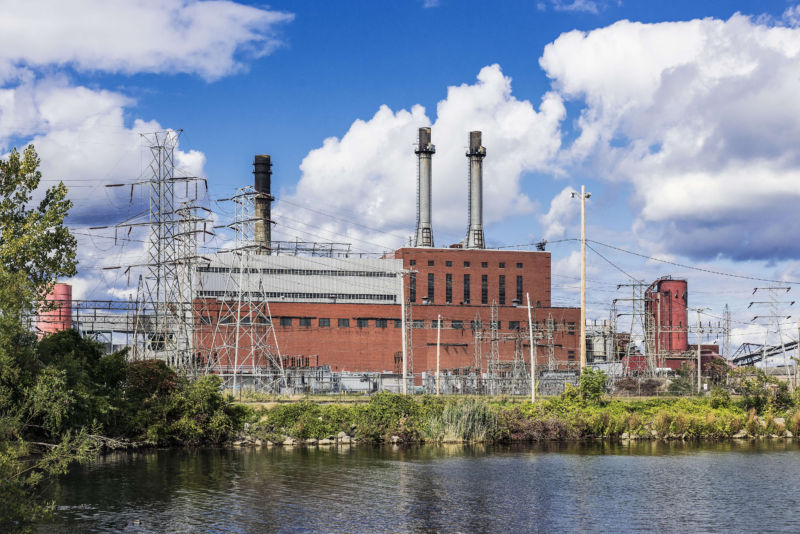EPA says incidental benefits of pollution rules don’t count

Enlarge (credit: John Greim/LightRocket via Getty Images)
In a move that it had been planning since at least last year, the EPA affirmed the existing rules that limit mercury emissions produced by power plants. But the current EPA is not interested in wasting an opportunity to weaken regulations, so it is also undercutting the economic reasoning that was initially used to justify the regulations. This mixed decision may leave the existing regulations at risk in court, and it will definitely make future regulations more difficult.
Some chemical forms of mercury are potent neurotoxins and are a clear public health risk. Power plants are a major source of emissions in the US, so they potentially fall under the remit of the Clean Air Act. Attempts to regulate mercury emissions date back to the Clinton administration, were dropped under Bush and restored by Obama. A few lawsuits added further complications over the course of this history, but a key one was decided by the Supreme Court, which ruled that the Obama administration had erred by not performing an economic analysis before formulating emissions rules.
The Obama-era EPA went back and redid the rulemaking process, and the result was one of the more costly set of rules in US history. Those costs, however, paled in comparison to the benefits that would come through reduced medical costs and improved public health. Most of those benefits, however, didn't come from the reduced mercury itself. Instead, the process of removing mercury from exhaust streams would also eliminate a lot of particulate emissions, and their absence drove many of the health benefits.
Read 8 remaining paragraphs | Comments